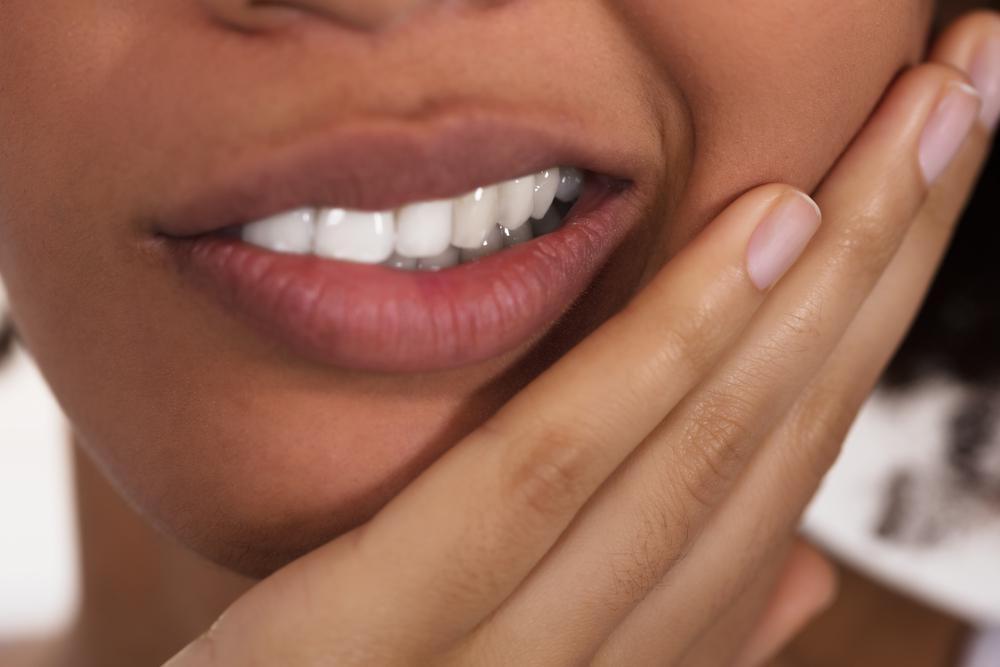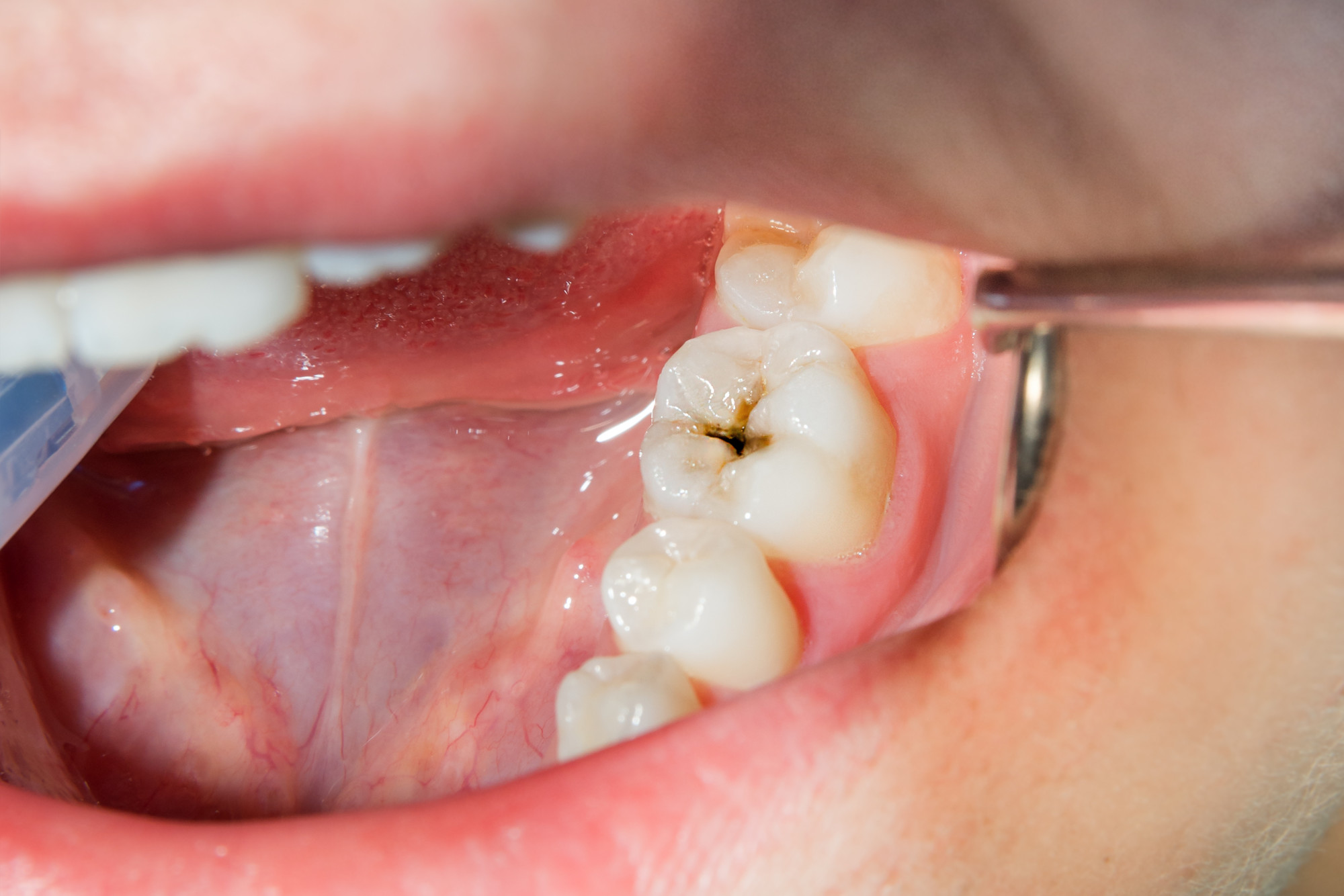
3 Ways to Identify a Cavity
Cavities can happen to anyone no matter what your age is. They are the main issue of most oral problems. So, being aware of your oral health is essential.
Studies have shown that 170 children get their teeth extracted every day in the UK because of cavities. That’s why you need to identify a cavity before it grows and creates a bigger problem.
Follow on to know how to identify a cavity at home.

What Is a Cavity?
A cavity is basically the decay in the enamel that ends up with a hole in your tooth.
It starts when plaque keeps accumulating on top of your teeth. Such plaque attracts oral bacteria to feed on it and live there. The bacteria then start to attack your tooth enamel with the help of the acids and sugars that you include in your food.
Unfortunately, the cavity does not stop when it creates a hole in your tooth. The bacteria keep spreading wider underneath the enamel until it invades the dentin, which is the layer underneath the enamel. At the late stages of the cavity, the bacteria reaches the pulp, causing you severe pain.
So, you need to identify a cavity at the early stages before it gets worse.

How to Identify a Cavity?
Here are 3 easy ways to identify a cavity at home.
- Black Dots
So,what does a cavity look like Cavities usually take the form of a black dot on top of your tooth’s enamel. That dot is a hole that is growing wider inside your tooth.
If you want to check for cavities at home, simply bring a dental mirror and a flashlight. Keep checking each tooth for black or brown dots. If you found any, then it’s time for a dental appointment.
However, black dots don’t always have to be cavities, they could be stains from the food you eat. A quick check at your dentist’s office will confirm if it’s a cavity or a stain.

- Pain or Sensitivity
If a tooth starts to hurt whenever you eat high-sugar content foods or drink cold or hot drinks, then you most probably have a tooth cavity.
When you start to feel sensitivity or pain when eat or drink specific foods, it is a sign that the cavity has passed the enamel and reached the dentin layer. This will get worse and it will hurt even more later on if you left it untreated.
If the cavity reached closer to the pulp of your teeth, you are at a high risk of performing a root canal treatment. The cavity can even cause an infection to the pulp and create a pus or abscess.
So, book a dental appointment as soon as possible if you feel pain or sensitivity.
- Bad Breath
Bad breath could be a sign of existing cavities. However, it is linked to other problems as well. If you have bad breath in the morning then it goes after you brush, then it is not a cavity.
Also, if you eat foods that contain a lot of spices, onions, garlic, etc., then it is also not a cavity problem.
So, how do you know if the bad breath could be linked to cavities? If the bad breath persists all day even after you brush and take care of your oral hygiene, then you probably have an existing cavity or an oral infection.

Final Thoughts
Dental appointments are a nightmare for most of us. But it is crucial to treat the problem as soon as possible before it evolves into a bigger issue.
To prevent cavities from happening in the first place, make sure you stick to a proper oral hygiene routine and stay away from foods with high sugar content.
Check out our guide on how to identify a cavity at home in 3 different ways!



